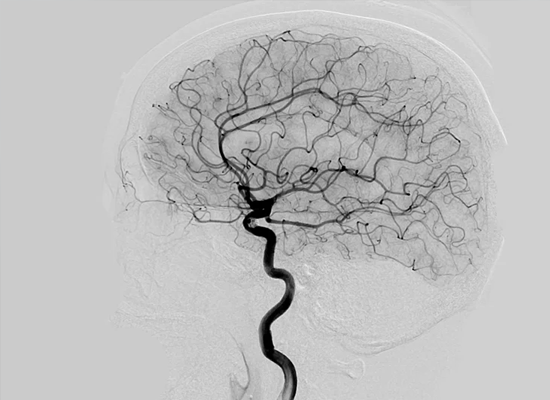What is Brain Angio?
Cerebral angiography is a procedure that uses a special dye (contrast material) and x-rays to see how blood flows through the brain. A carotid arteriogram is an X-ray study designed to determine if there is narrowing or other abnormality in the carotid artery, a main artery to the brain.
How long does it take to recover from a brain angiogram?
Without complications, recovery from a cerebral angiogram takes about a week. On the day you return home, you can resume your normal diet and start taking your usual medications as prescribed unless your cerebral doctor recommends otherwise.

How is an arteriogram performed?
The details of your procedure depend on the body part involved. During a cerebral angiogram, for example, your head will be held in place in order to produce a clear image during the procedure.
However, the general procedure is similar in some ways. Before the procedure, your doctor may have you take a sedative.During the procedure, you will sit or lie down. Your doctor will insert a catheter into an artery, typically in your leg. Your doctor will guide this catheter through your blood vessels to reach the correct area. Then contrast material will be injected into the catheter, and this dye will flow into the surrounding arteries.
Your doctor will use X-ray images to follow the path of the dye through your arteries. This helps to reveal any blockages. The procedure can also reveal arterial damage or narrowing.The catheter will be near the area of any blockage that may be found, so your doctor may use the catheter to treat the issue during the procedure. For instance, your doctor may administer medication through the catheter to resolve a blood clot.
